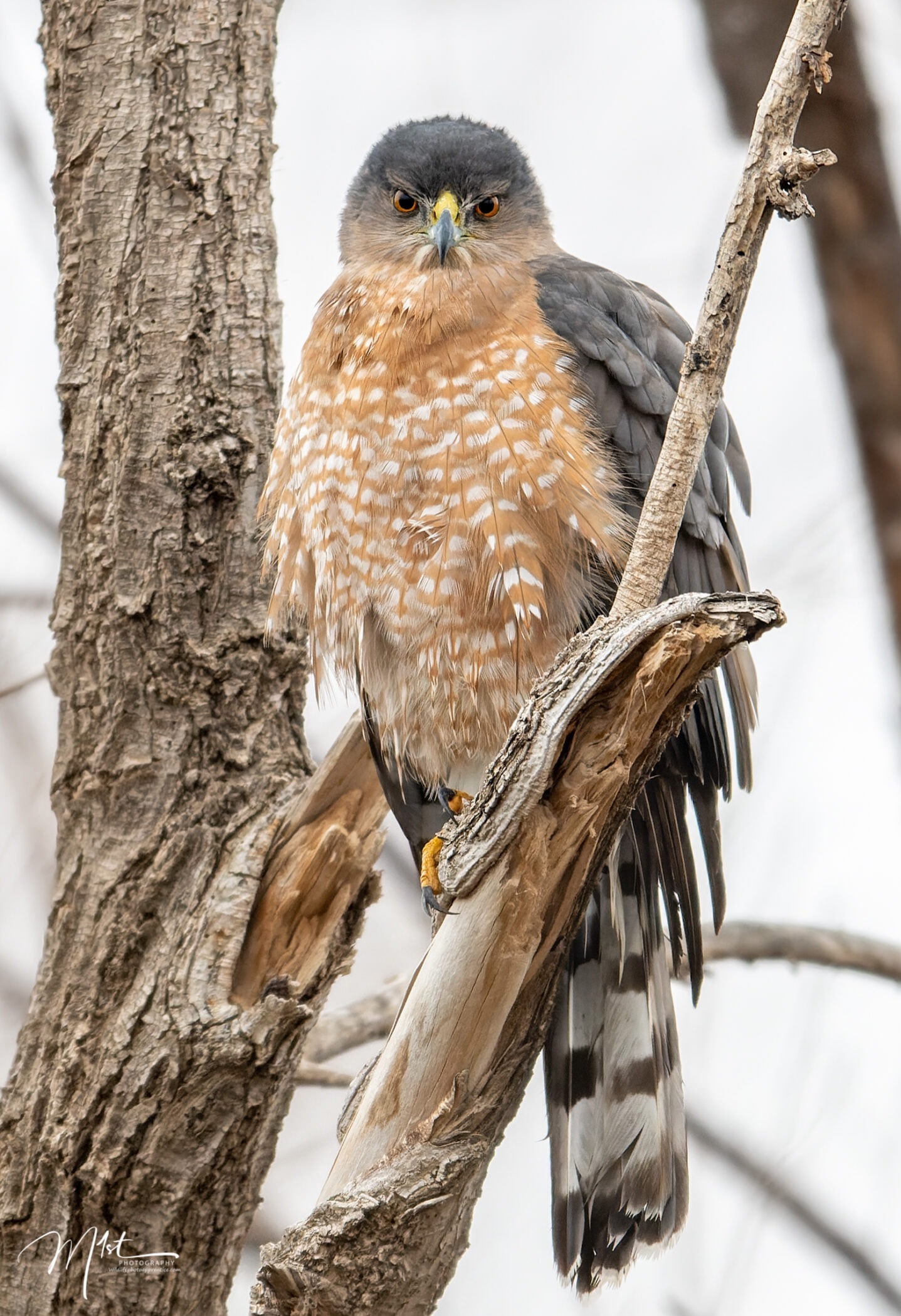Part 2, During the shoot
As we discussed in part one of the photographic “time out” blog, a pre-session checklist can be useful to ensure we don’t miss critical aspects of planning a wildlife photography session. That checklist guarantees we will have done everything we need beforehand to improve our chances of success. In part two we will discuss the in-session checklist items that will make sure our actual time photographing is just as successful. Let’s look at a during-the-shoot ” Time Out” checklist.










